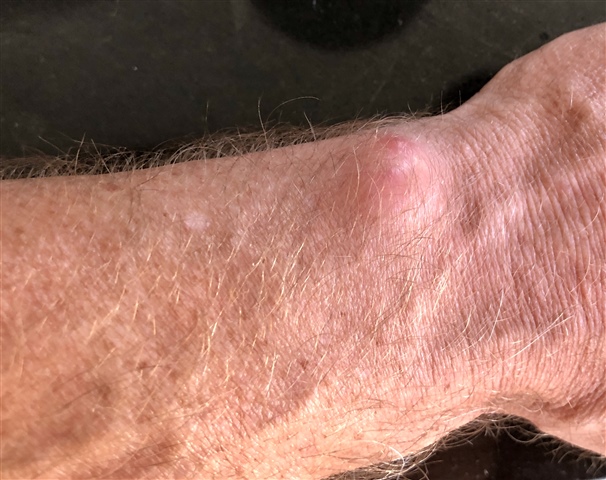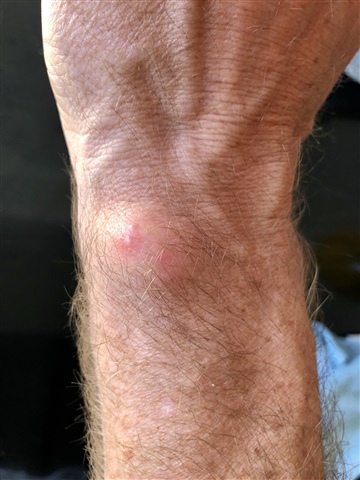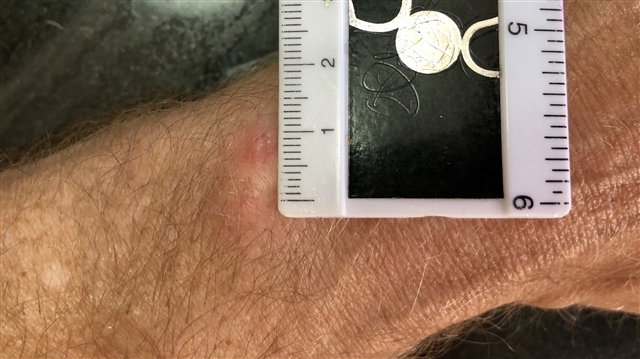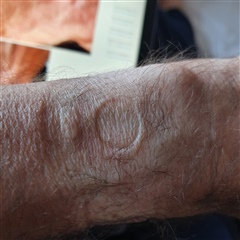I recently purchased a Fenix 6X sapphire which looks like a great watch. I decided to wear it continuously for 2 days to get some base line biometrics. Yesterday I woke to find that I had pain and noticeable swelling over the back of my wrist (over the boney prominence of the ulna styloid). It looked like a large spider / insect bite. I decided to wear the watch on my right wrist so as to not irritate the swelling and as a result the swelling and redness is improving. I then realised that the to inflamed areas correspond exactly to the 2 heart rate sensors on the rear of the watch.
Has anyone else had this problem? Has Garmin made any announcement re. the possibility of burns secondary to use of their watches with these sensors?







